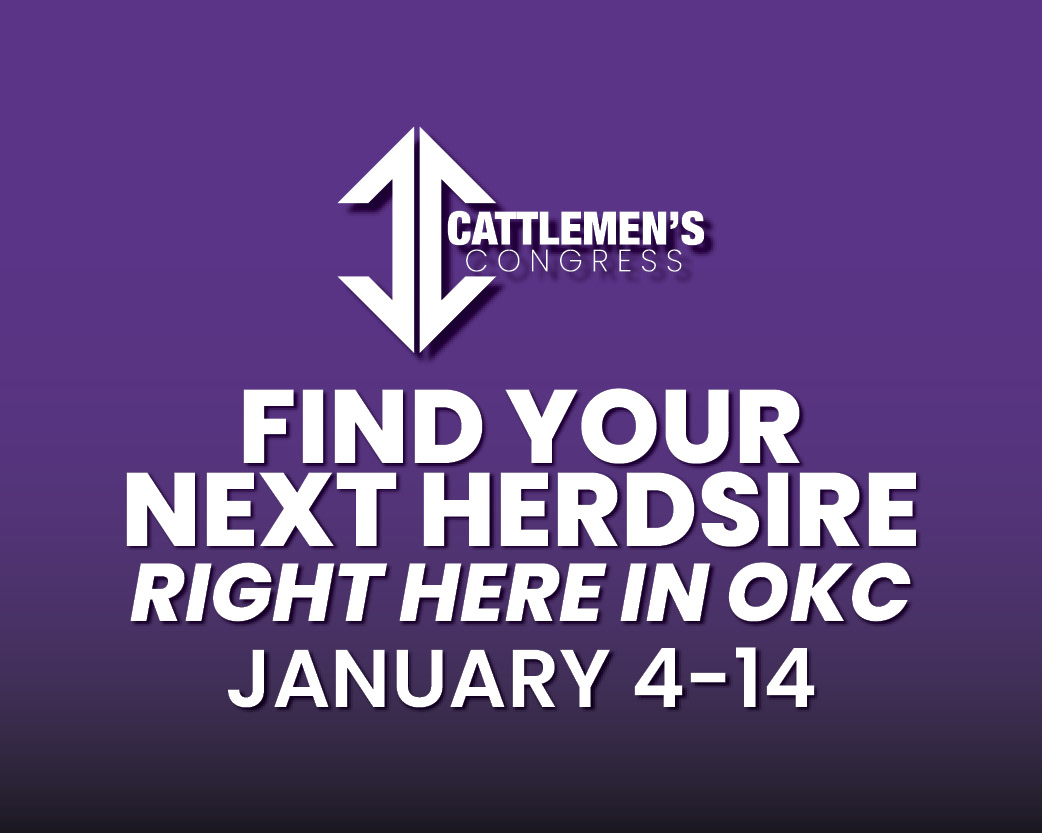
In today’s Beef Buzz, Senior Farm and Ranch Broadcaster Ron Hays continues a look at the changes the industry is working on in modernizing red meat yield grading. Texas Tech’s Dr. Dale Woerner was featured yesterday as he explained the efforts to use something similar to a CT scan to more accurately calculate red meat in a carcass. Today, Hays speaks with Kelli Retallick-Riley, president of Angus Genetics on how genomics can follow once we improve the yield grade.
She says incorporating genomics into beef grading is both a challenge and a necessity. “Anytime that you have a new trait, it’s hard to balance that with all the other individual expected progeny differences [EPDs] in that Angus national cattle evaluation, it’s definitely a task.” She explained that selection indexes will be critical to simplify choices, adding, “Maybe we’ll land at a point where, when we have a red meat yield calculation, maybe things like ribeye area become less important but it’s way too early to tell.”
She stressed that red meat yield is a terminal trait and that the process of building it into cattle genetics is still in the early stages. “until we get to that metric and then figure out, how do we actually collect it at scale? How do we collect it, potentially, on live animals? Because we know that if we can collect it on live animals, we can usually better understand the management around those animals to get to a true genetic component.”
Updating beef grading is a major undertaking, Riley noted, since it means replacing standards that have been in place for decades. “It’s not a small task. The technology you’re talking about is that yield grade equation, And trying to update that piece, really trying to figure out, is there a better way for us and a better signal to send to the industry.” She added that much of this work will rely on “our meat scientists and the folks that are sending the economic signals—the packers—down into the industry” to establish a more accurate and useful measurement.
She encouraged producers to use genomic tools in ways that match their own operations. “If I’m in a situation where I’m going to retain ownership all the way through the supply chain, focusing on something like beef value, that’s going to be really good” She reminded producers that success starts with understanding their own goals. “We got to have a breeding goal first. We got to know where we’re going, and then it makes the selection process a whole lot easier.”
Having a clear breeding goal, she said, makes all the difference. “Sometimes we overlook just the simple basic principles of animal breeding or genetic selection. We got to know where we’re going, and then it makes the selection process a whole lot easier.”
While the complexity of genomics can be daunting, Riley says it ultimately helps producers make more accurate decisions. “It makes it more realistic to make genetic selection. We can be more accurate at the parents that we’re keeping back for the next generation but without a breeding goal or knowing where you’re going, it can be quite overwhelming to get into those 29 EPDs and say, where do I start? So we got to start with a base level by asking the question Where am I going? And a lot of times that’s exactly tied to how I’m making my money on my ranch.”
The Beef Buzz is a regular feature heard on radio stations around the region on the Radio Oklahoma Ag Network and is a regular audio feature found on this website as well. Click on the LISTEN BAR for today’s show and check out our archives for older Beef Buzz shows covering the gamut of the beef cattle industry today.


















